1. The Terminator in The Terminator (1984)

In James Cameron’s The Terminator, Arnold Schwarzenegger’s iconic role as the relentless cyborg assassin initially makes him appear as the ultimate villain. However, as the film progresses, it becomes clear that the Terminator’s mission is not to terrorize humanity, but to prevent the rise of Skynet’s artificial intelligence. The film’s twist reveals that the real threat lies in the machines he is trying to destroy. In this sense, the Terminator becomes an unintentional hero, fighting to protect the very future he was programmed to destroy.
Despite being the antagonist for most of the movie, the Terminator’s journey is one of redemption. As he begins to show signs of loyalty toward Sarah Connor, the film transitions him from a villain to a protector, proving that even machines can evolve. This makes his eventual sacrifice all the more heroic.
2. Darth Vader in Star Wars: The Empire Strikes Back (1980)
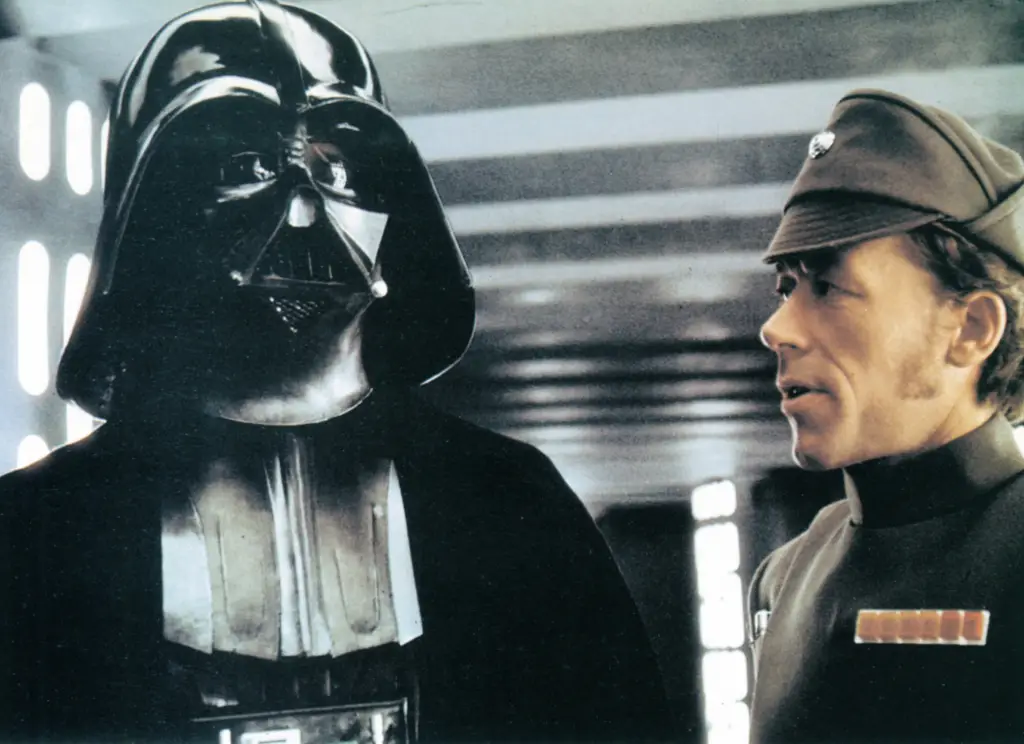
Darth Vader is one of cinema’s most iconic villains, but his story is far more complex than initially meets the eye. In The Empire Strikes Back, he’s a ruthless figure, serving the dark side of the Force in pursuit of his son, Luke Skywalker. However, as the trilogy unfolds, it becomes clear that his villainous actions are rooted in tragic circumstances, including the loss of his wife, Padmé, and the manipulation of Emperor Palpatine. Ultimately, his decision to betray the Emperor in Return of the Jedi proves that Vader’s heart was always in the right place.
Vader’s redemption arc is one of the most powerful in film history. What begins as a tale of a villain’s pursuit of power ends with a father’s love for his son and his desire to right the wrongs he committed. This transformation from villain to hero makes Vader one of the most layered characters in cinematic history.
3. Biff Tannen in Back to the Future (1985)
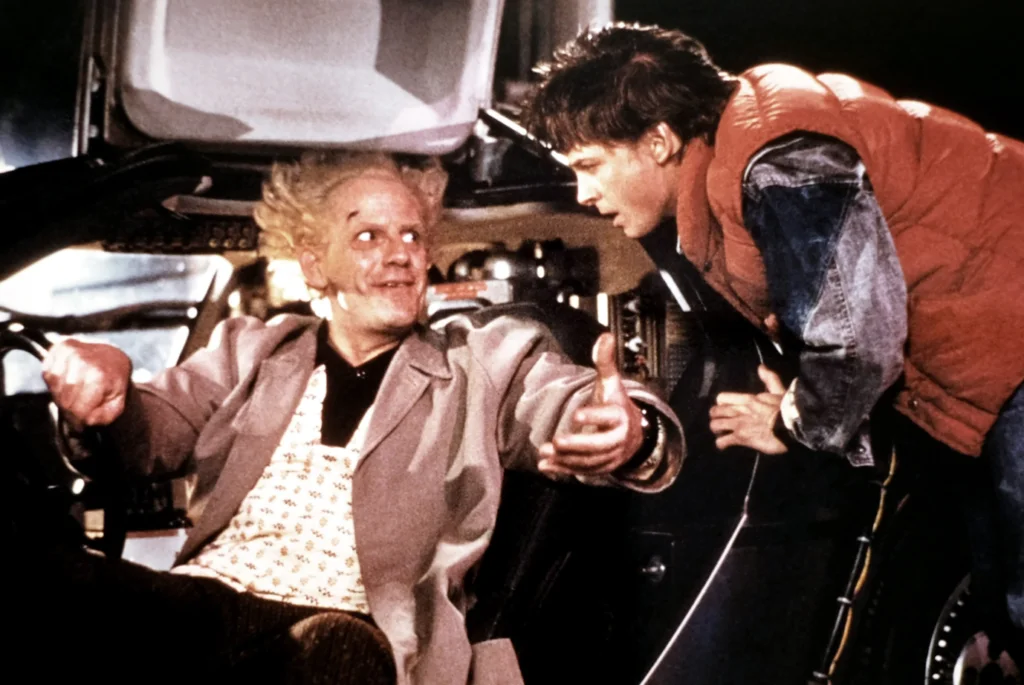
In Back to the Future, Biff Tannen is the quintessential bully, tormenting George McFly throughout the 1950s. However, the time travel element of the film reveals a more nuanced side to his character. Biff’s life is deeply influenced by the actions of the McFly family, especially after young Biff gets a glimpse of his future success through a sports almanac. While his actions seem villainous at first, they are ultimately born from a desire to break free from a life of mediocrity, which adds a layer of sympathy to his character.
By the end of the film, Biff’s role as the villain is fully redefined. He is not inherently evil, but rather a product of his circumstances. The character’s ultimate downfall serves as a reminder of how fate can twist even the most seemingly villainous individuals into tragic figures.
4. The Joker in Batman (1989)
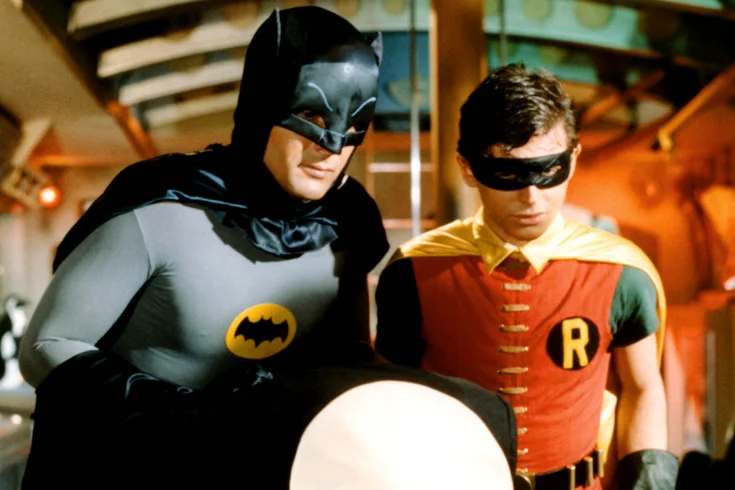
In Tim Burton’s Batman, Jack Nicholson’s portrayal of the Joker has all the trappings of a classic villain, but there’s more to his story. While he wreaks havoc in Gotham City with his chaotic antics, his backstory reveals a tragic transformation from a simple man named Jack Napier to the villainous Joker. His descent into madness can be traced back to an accident that was never his fault—an event that could have happened to anyone. This makes his character more sympathetic than the traditional villain.
While he remains a dangerous antagonist, his erratic actions reflect a broken man’s attempt to find control in a world that’s been cruel to him. The Joker’s vulnerability amidst his madness adds depth to his character, making him a misunderstood figure rather than purely evil.
5. Johnny Lawrence in The Karate Kid (1984)

Johnny Lawrence, the so-called “bad boy” of The Karate Kid, initially appears to be the ultimate villain, tormenting the film’s hero, Daniel LaRusso. His bullying ways are exacerbated by his role as the leader of the Cobra Kai dojo, and he seems like the clear antagonist. However, Cobra Kai, the popular series that revisits the Karate Kid universe, provides context for Johnny’s actions. His behavior is a product of his broken home and troubled upbringing, making him a more sympathetic character than a typical bully.
By the end of the original movie, Johnny’s character arc begins to show signs of redemption, hinting at the possibility that his “villainy” was more about his environment than his own choices. This evolution continues into the Cobra Kai series, where Johnny is presented as a man trying to redeem his past mistakes. His journey proves that not all villains are beyond saving.
6. Alex DeLarge in A Clockwork Orange (1971, re-release in 1980s)
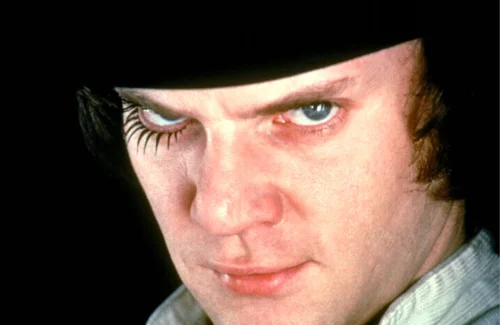
Though A Clockwork Orange is technically a 1970s film, it fits the mold of many 1980s classics by exploring themes of freedom and societal control. Alex DeLarge, played by Malcolm McDowell, is a cruel and sadistic delinquent who engages in horrific acts of violence. However, his eventual rehabilitation process under the Ludovico Technique raises questions about the morality of forced change. While his villainy is undeniable, it becomes clear that his actions were influenced by a system that failed him.
In the end, Alex’s transformation from a malicious thug to a broken individual seeking redemption casts him in a different light. The film challenges the viewer to reconsider the true nature of villainy and whether individuals can ever truly be freed from the consequences of their actions.
7. The Evil Queen in Snow White and the Seven Dwarfs (1987 re-release)
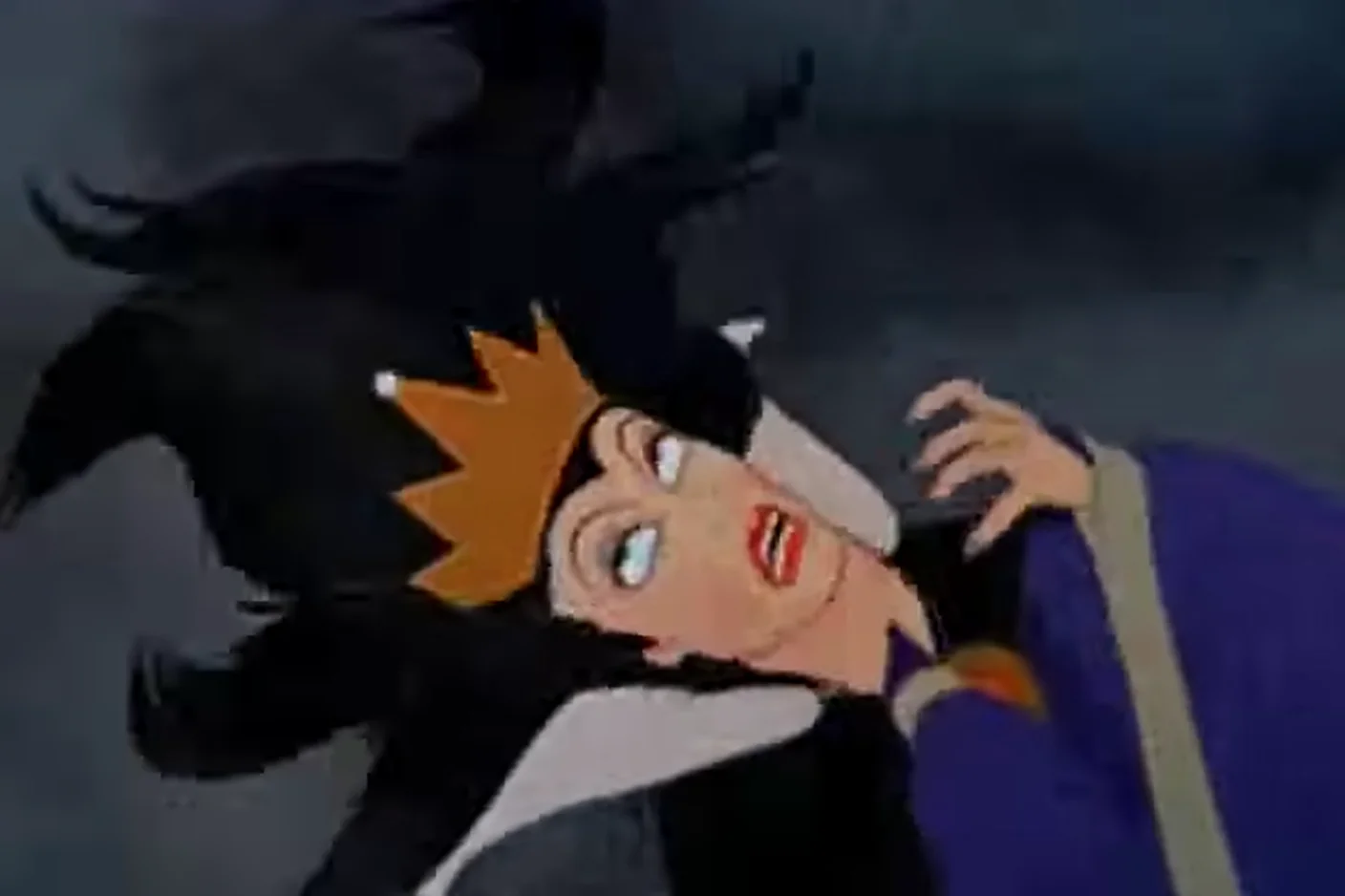
While Snow White and the Seven Dwarfs originally premiered in 1937, it experienced a significant re-release during the 1980s, reintroducing the Evil Queen as a quintessential villain. The Queen, consumed by jealousy, orders Snow White’s death after her magic mirror declares Snow White the fairest of them all. Yet, her cruelty is rooted in her insecurity and obsession with beauty and youth, both of which reflect the societal pressures many women face. While her actions seem villainous, they stem from a deep fear of losing her place in a world that prizes outward beauty.
The Queen’s obsession with being the most beautiful is more of a symptom of a larger societal problem, one that many viewers in the ’80s—when self-image and appearance were being more critically examined—could relate to. Her downfall is a reflection of the destructive nature of vanity and the fear of aging, making her not just a villain, but a tragic figure trapped in a cycle of self-obsession. In a sense, she represents the pressures of maintaining an idealized self-image and the consequences of allowing those fears to control one’s actions.
8. Hans Gruber in Die Hard (1988)
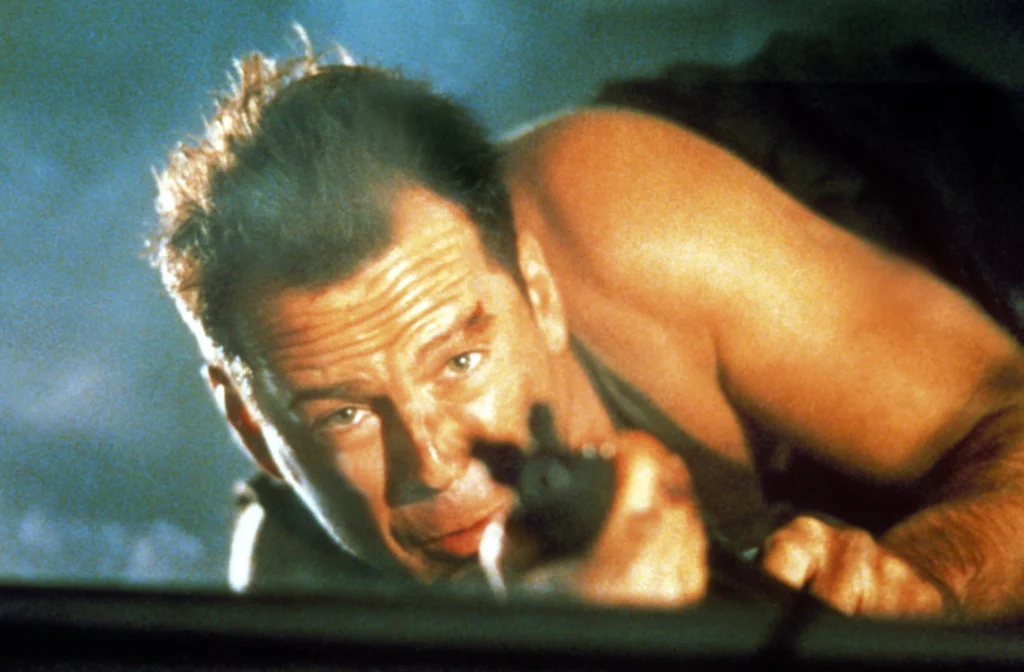
In Die Hard, Hans Gruber (played by Alan Rickman) is the quintessential villain—calculating, ruthless, and sophisticated. He leads a group of terrorists who seize a building and take hostages, seemingly for monetary gain. However, Gruber’s motives are more intricate than they appear. As the film progresses, it becomes clear that his master plan isn’t just about money; it’s about reclaiming a sense of control and power that’s been taken from him.
Gruber’s charisma and intelligence make him a villain who’s hard to hate, and his eventual downfall is a reminder that even the most charming and well-spoken antagonists can be brought down by their own hubris. His complexity as a character is what elevates him from a typical bad guy to one of the most memorable villains of the decade.
9. Freddy Krueger in A Nightmare on Elm Street (1984)
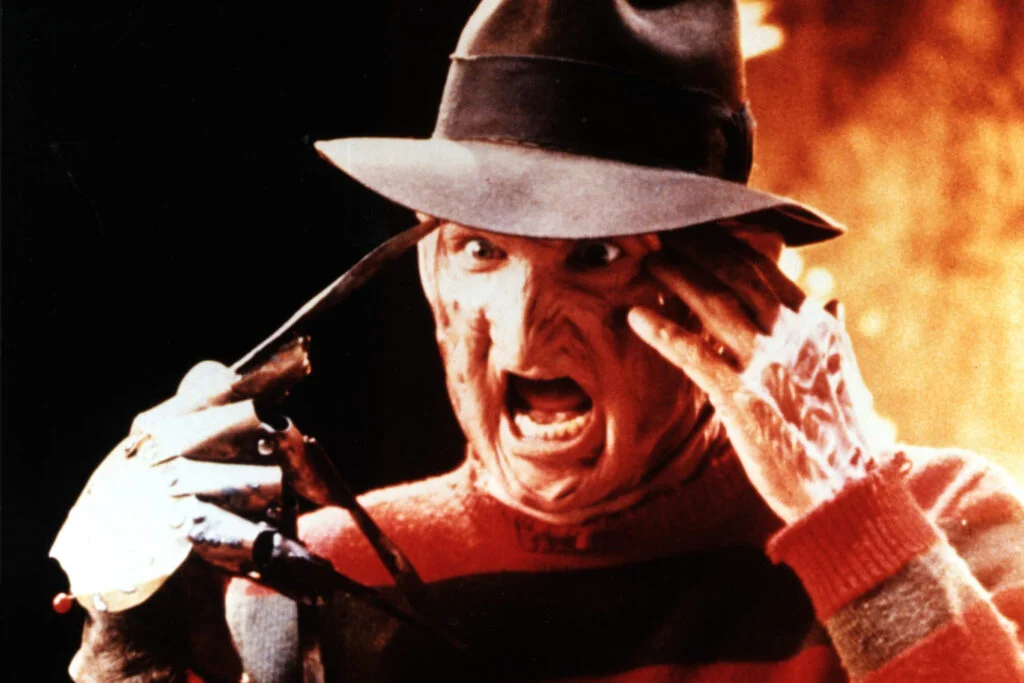
Freddy Krueger, the terrifying villain from A Nightmare on Elm Street, is often seen as a figure of pure evil, attacking teenagers in their dreams. However, when you dig deeper into his backstory, it becomes clear that Freddy’s origins are tragic and rooted in a society that failed him. He was the product of abuse and neglect, and his subsequent vengeful acts reflect a desire to right the wrongs done to him. This tragic backstory gives Freddy a depth that makes him more of a tragic figure than an outright villain.
Although Freddy’s actions are horrific, his character serves as a commentary on the darker aspects of society, including the consequences of neglect and abuse. This added complexity turns him from a simple monster into a deeply tragic figure whose evil actions are driven by years of torment and pain.
10. The Wicked Witch of the West in The Wizard of Oz (1987 re-release)
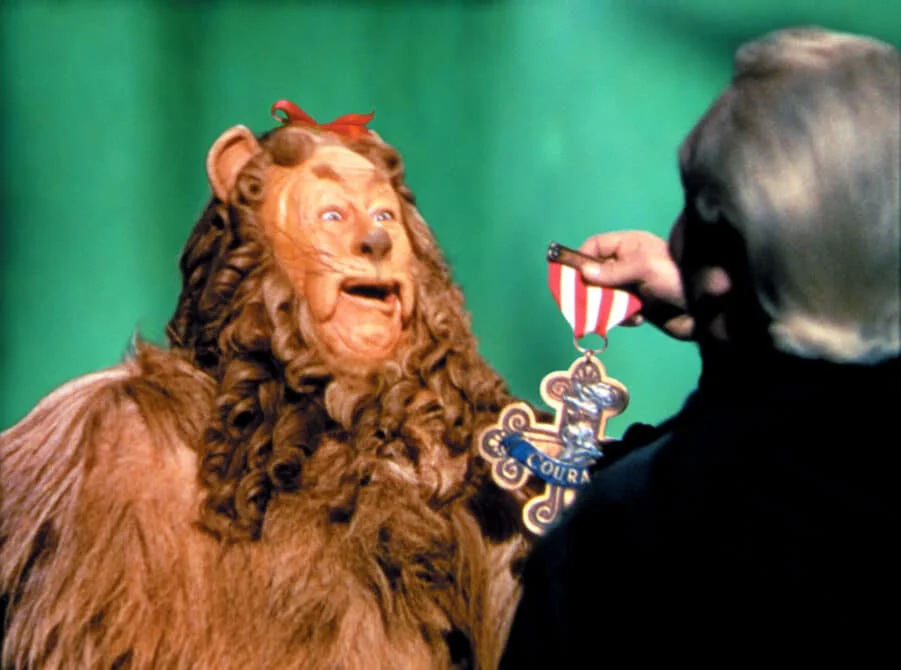
The Wicked Witch of the West, originally introduced in The Wizard of Oz, underwent a reappraisal in the 1980s, with new perspectives on her character emerging through various adaptations. Her villainy in the original film is rooted in jealousy and a desire for power, but later interpretations of her character reveal a more complex figure. Her obsession with Dorothy is shown not just as evil, but as the result of feeling wronged by circumstances beyond her control.
These new portrayals, including the musical Wicked, suggest that the Witch’s villainy is a byproduct of her isolation and lack of love. Her ultimate demise in The Wizard of Oz becomes less of a victory and more of a tragic conclusion to a life shaped by pain and rejection.
11. Roy Batty in Blade Runner (1982)
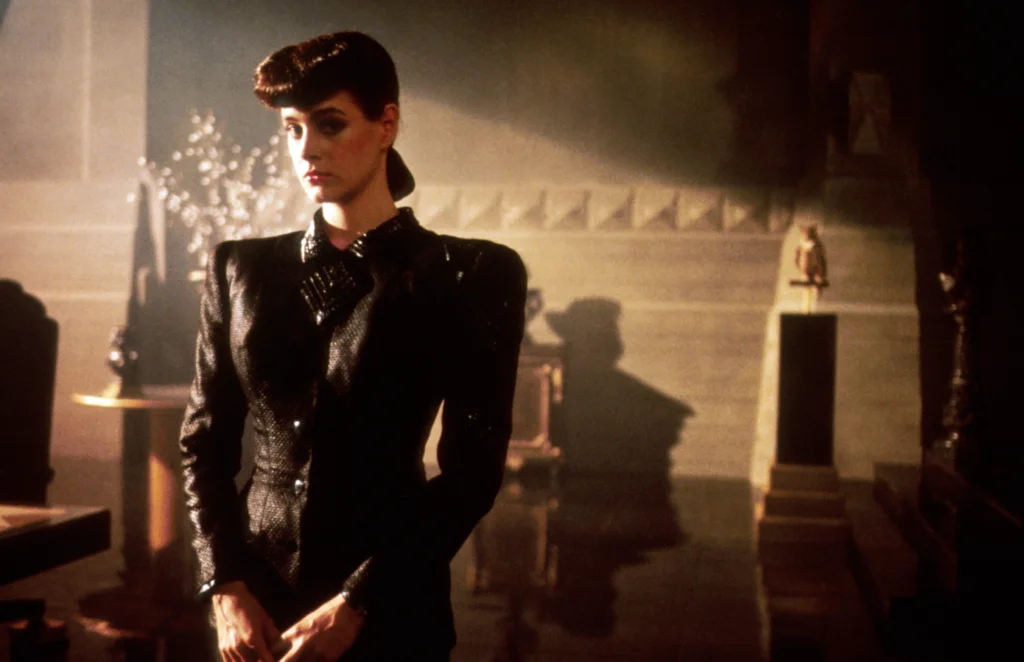
In Ridley Scott’s Blade Runner, Rutger Hauer’s portrayal of Roy Batty, the leader of the renegade Nexus-6 replicants, initially positions him as the film’s primary antagonist. As an artificial being with a limited lifespan, Batty is often perceived as a villain because of his violent attempts to extend his life, which include killing his creators. However, as the film progresses, it becomes clear that Batty’s violent actions stem from his desperation to live, not from a desire to harm.
Roy Batty’s quest for more life is deeply tragic, as it highlights the pain of knowing that his existence is inherently limited by a lifespan imposed by others. In his final moments, Batty’s act of saving Rick Deckard proves that he is not a cold killer but a being capable of compassion. His character challenges the audience’s initial perception of villainy, demonstrating that even the most seemingly dangerous individuals can possess a deep, relatable humanity. Batty’s tragic fate and ultimate self-sacrifice position him as a misunderstood hero rather than a typical villain.
12. The Predator in Predator (1987)
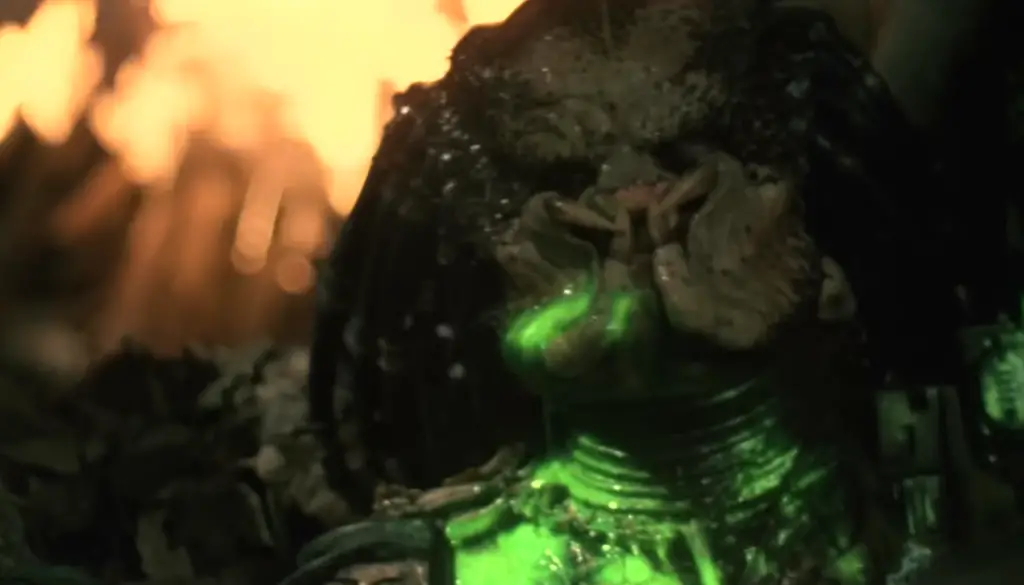
In Predator, the titular alien creature is initially presented as a ruthless hunter, picking off members of an elite military squad in the jungles of Central America. However, as the film progresses, it becomes clear that the Predator is following a strict code of honor. Unlike other movie villains, the Predator only targets those who pose a threat and fights with a sense of respect for its opponents. This sets it apart from other monstrous villains and gives it a certain nobility.
The film’s twist comes when the Predator, having completed its mission, allows Dutch (Arnold Schwarzenegger) to survive. This act of mercy is rare in the world of movie villains and shifts the Predator from a mindless killer to a complex figure with its own code of ethics. In this light, the Predator can be seen as a warrior bound by honor rather than a villain.


